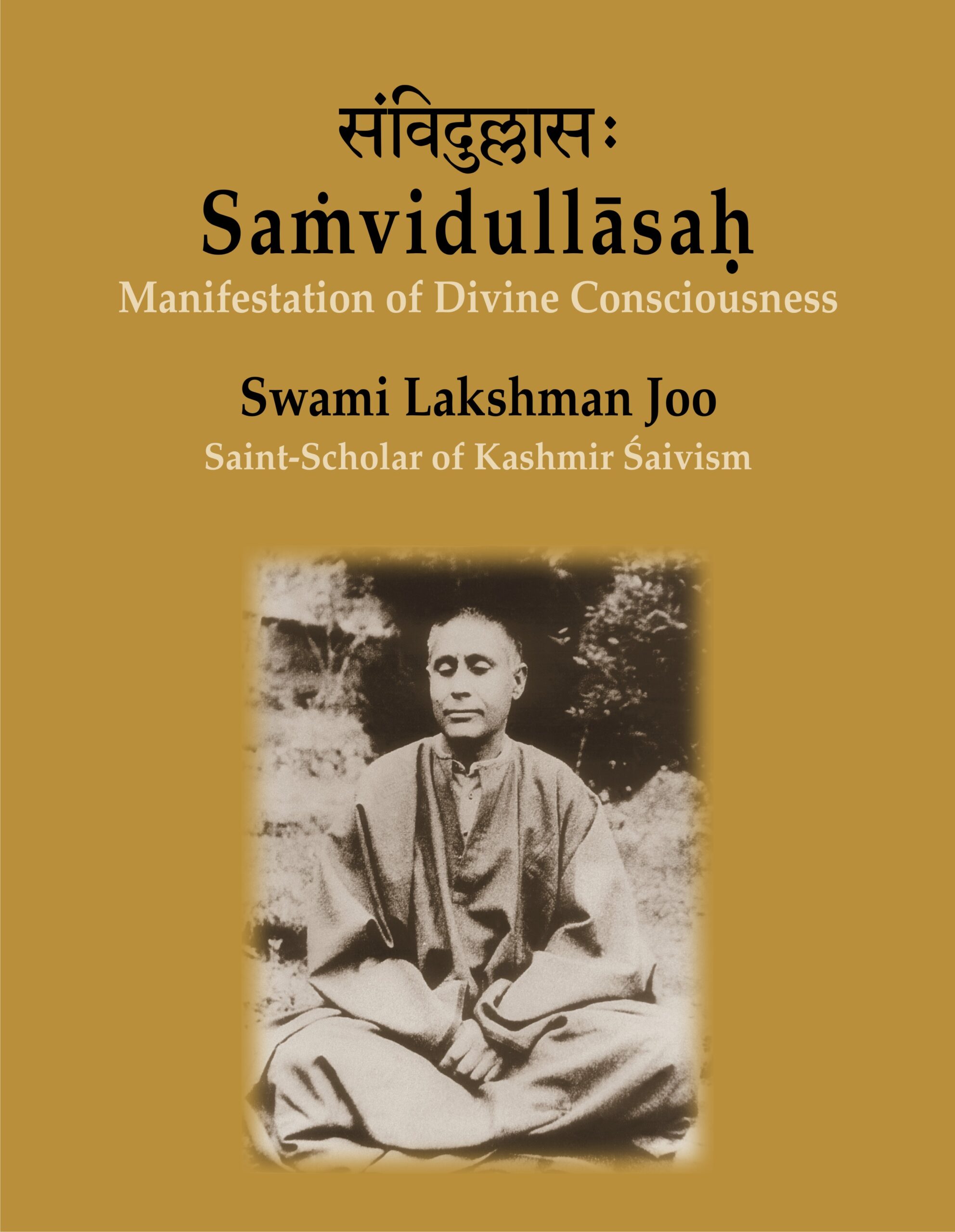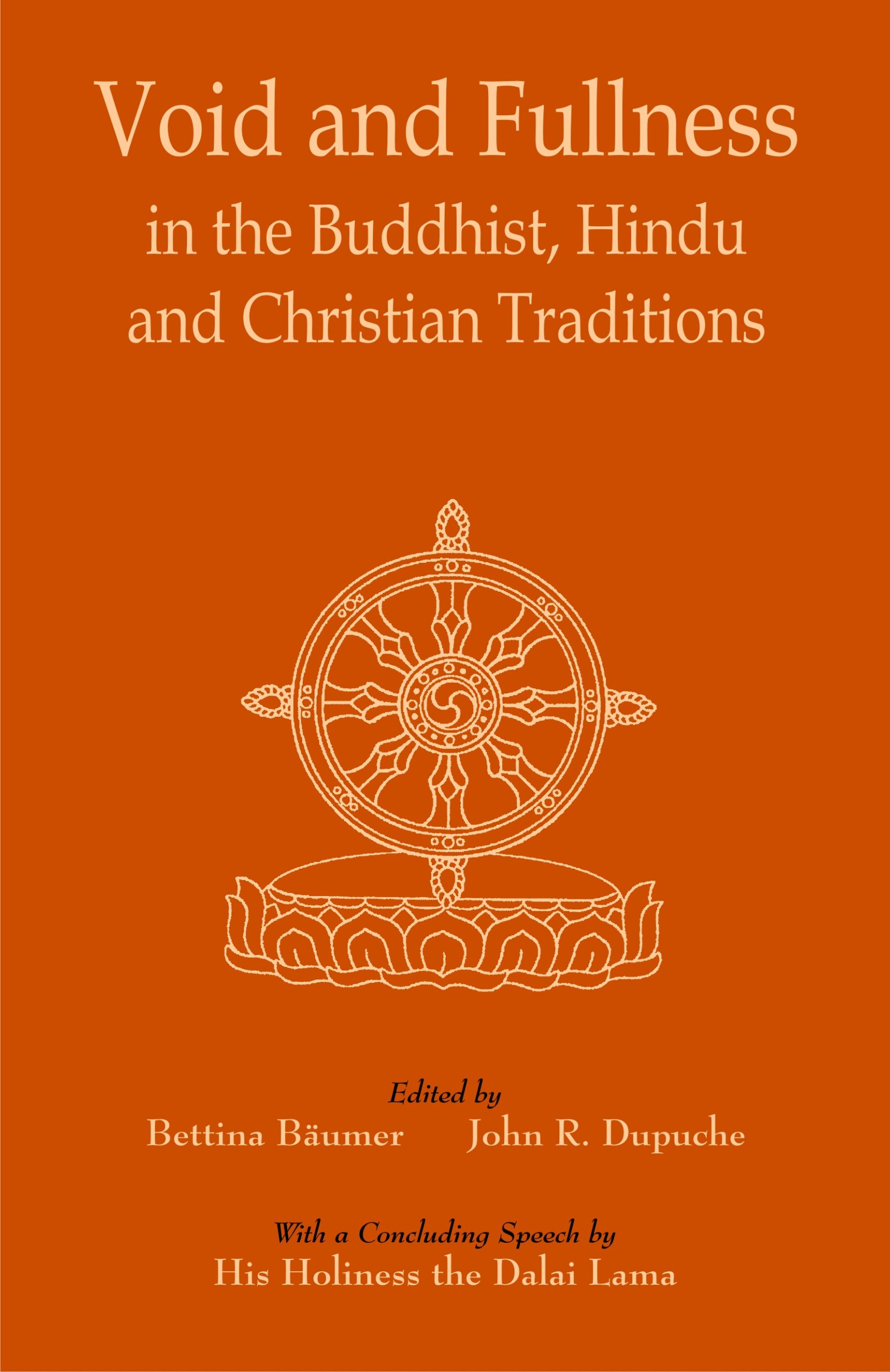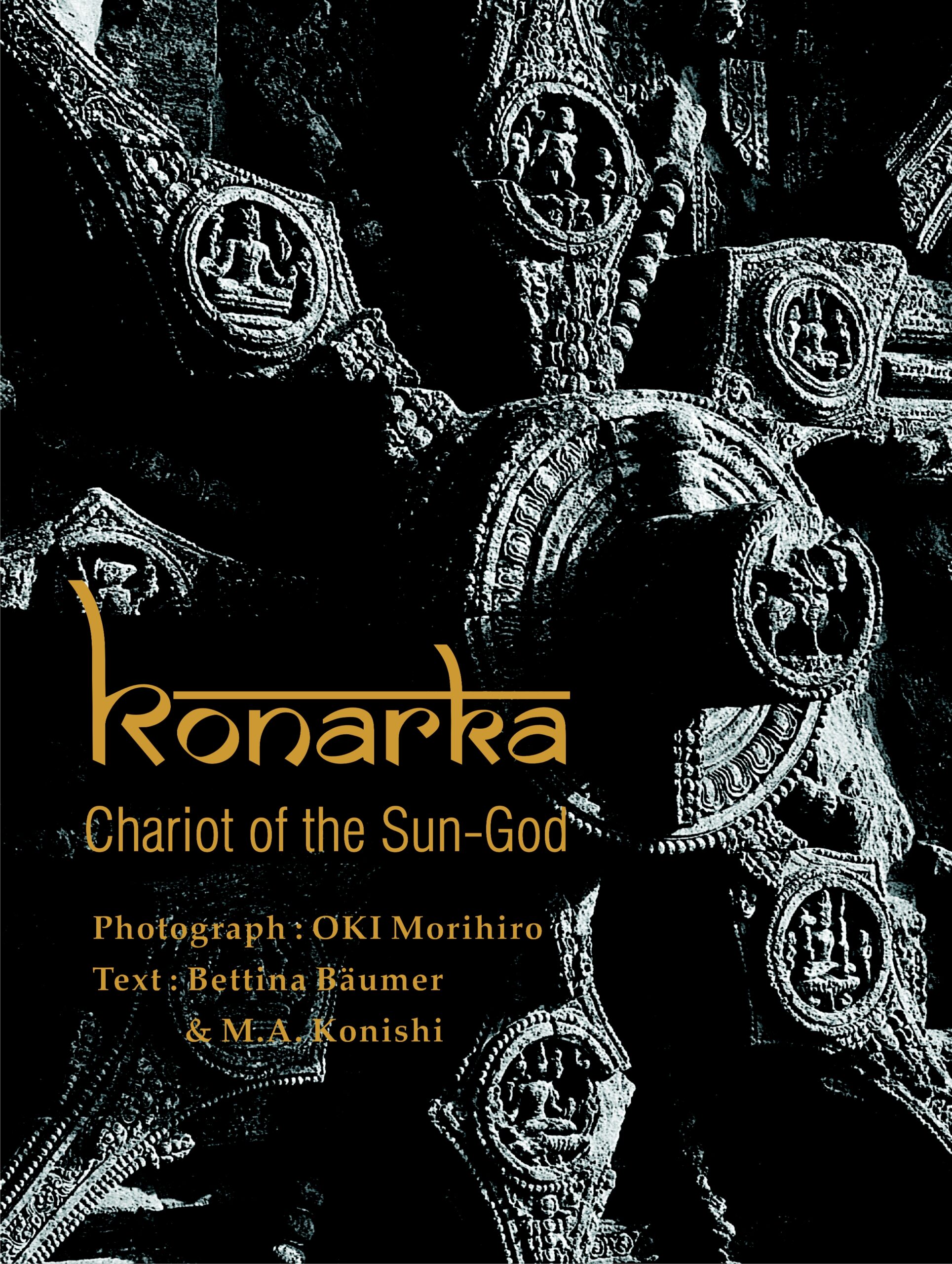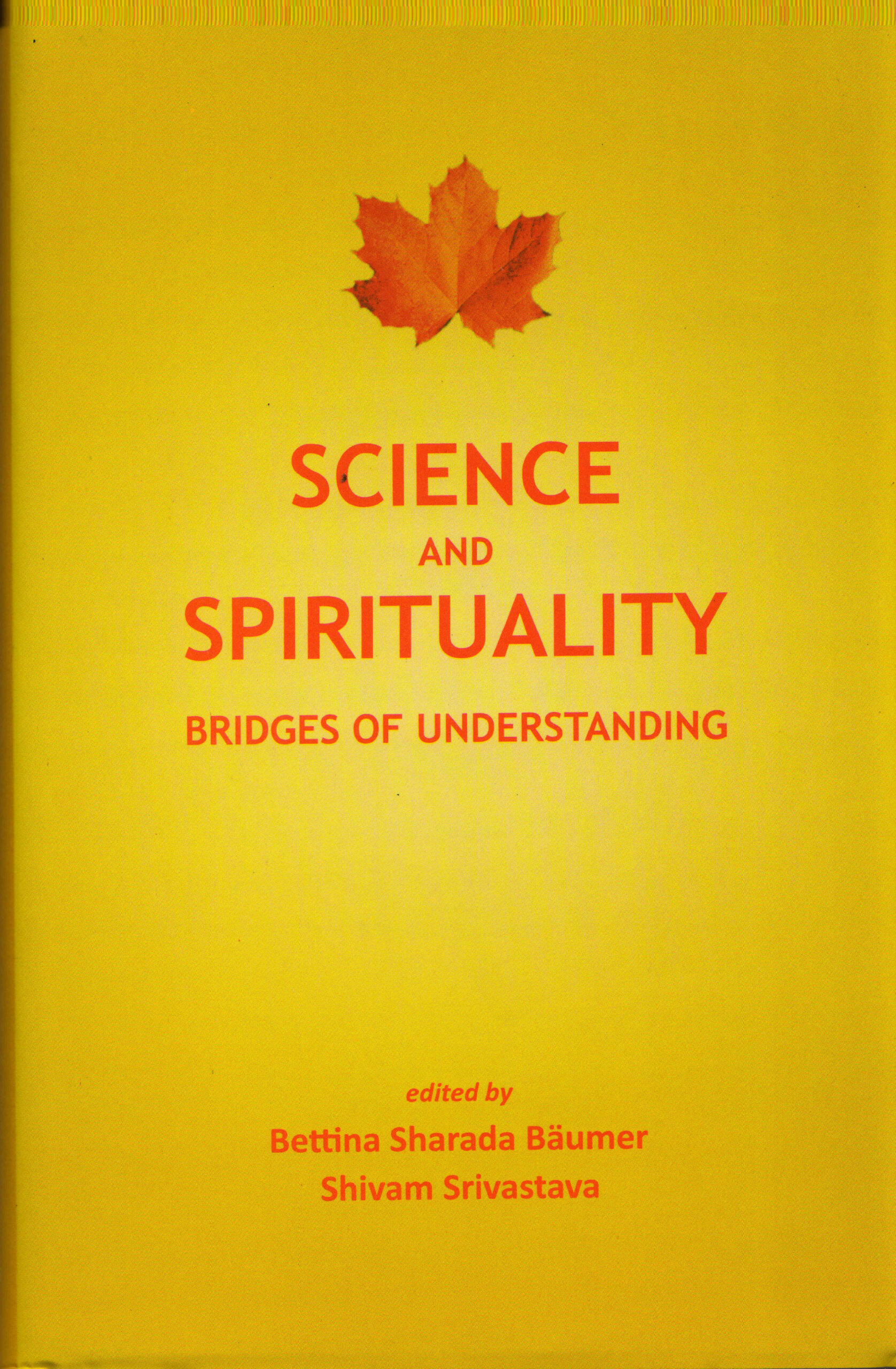
Bettina Sharada Bäumer is a scholar of non-dualist Kashmir Saivism and a disciple of Swami Lakshman Joo (1907-91). She has been teaching texts of Kashmir Saivism in intensive seminars for the last 20 years. She was National Fellow at the Indian Institute of Advanced Study, Shimla, from 2015-17. At present she is Director of ‘Samvidalaya, Abhinavagupta Research Library’ in Varanasi. Her recent publications include: Abhinavagupta’s Hermeneutics of the Absolute, Anuttaraprakriya, An Interpretation of His Paratriksika Vivarana (2011); Utpaladeva, Philosopher of Recognition, co-edited with Raffaele Torella (2016); Tantrapushpanjali: Tantric Traditions and Philosophy of Kashmir, Studies in Memory of Pandit H.N. Chakravarty, co-edited with Hamsa Stainton (2018).
In 2015 she was awarded Padma Shri by the Government of India.
Fellowship, Harvard University (1994)
Honorary Doctorate, University of Salzburg.
Fellow, Indian Institute of Advanced Study, Shimla.
1. Empirical Apperception of Time: Kala and Karman, Time and History in the Indian Tradition (with R. Panikkar), in: Cultures and Time, UNESCO, Paris 1975, pp. 78-88 (also in French).
2. Die Bedeutung der Tradition im Hinduismus, in: Kairos XX, pp. 218-233.
3. Die Unvermitteltheit der hochsten Erfahrung bei Abhinavagupta, in: G. Oberhammer (ed.),Transzendenzerfahrung, Vollzugshorizont des Heils, Wien (Sammlung De Nobili) 1978, pp. 61-79.
4. Silpa-Sastra-Texte in Orissa, in: Orissa Kunst and Kultur in Nordost-Indien, ed. E. Fischer, S. Mahapatra, D. Pathy, Zurich 1980.
5. Henri Le Saux: Abhishiktananda, in: Grobe Mystiker, Leben und Wirken, ed. by G. Ruhbach and J. Sudbrack, Munchen (C.H. Beck) 1984.
6. The Divine Artist, in: The Indian Theosophist, Thakur Jaideva Singh Felicitation Number, Oct.-Nov. 1985, Vol. 82, Nos. 10-11, pp. 79-86.
7. Panjara et yantra: Le diagramme de I’image sacree, in: Mantras et diagrammes rituels dans I’hindouisme, ed. by A. Padoux, paris (C.N.R.S.) 1986.
8. Vena – A Mystical Hymn of the Atharvaveda, in: Navonmesa, MM Gopinath Kaviraj Commenoration Volume (English), Mata Anandamayee Ashram, Varanasi, 1987.
9. Purusa and the Origin of Form, in: Rupa Pratirupa (see books).
10. Duhkha und Ananda: Zwei Grundansatze hinduistuscher Lebenshaltung, in: Von der Erkenntnis des Leides, Wien (Picus) 1988, pp. 83-90.
11. Can Diverse Religious Life-Worlds be shared?, in: T.S. Rukmani (ed.), Religious Consciousness and Life-Worlds, Simla, Indian Institute of Advanced Study, 1988, pp. 129-138.
12. Einblicke in die indische Kunst: Das wissenschaftliche Werk von Alice Boner, in: Alice Boner und die Kunst Indiens, ed. by E. Fischer, G. Boner, Zurich 1982, pp. 71-91. In English: Insights into Indian Art. Alice Boner’s Scholarly Work. In: Alice Boner – Artist and Scholar, Varanasi (Bharat Kala Bhavan) 1989.
13. Unmanifest and Manifest Form according to the Saivagamas, in: A.L. Dallapiccola 9Ed.), Shastric Traditions in Indian Arts, Stuttgart (south Asia Institute, Heidelberg), 1989, pp. 339-349.
14. A Journey with the Unknown, in: Tosh Arai and Wesley Ariarajah (ed.): Spirituality in Interfaith Dialogue, WCC Publications, Geneva 1989, pp. 36-41.
15. L’image divine: sa raison d’etre et son effet selon la Vastusutra Upanishad in: L’image divine, culte et meditation dans I’hindouisme, ed. by A. Padoux, Paris (C.N.R.S.) 1990.
16. The Guru in the Hindu Tradition, in: Studies in Formative Spirituality, Vol. XI, Number 3, November 1990, pp. 341-353.
17. From Guha to Akasa: The Mystical Cave in the Vedic and Saiva Traditions, in: K. Vatsyayan (Ed.), Concepts of Space, Ancient and Modern, New Delhi (Indira Gandhi National Centre for the Arts and Abhinav) 1991, pp. 105-122.
18. Himmel – erde – Meer: Die Spiritualists eines Malers, in: Eduard Baumer, Monographie, Salzburg (Verlag Galerie Welz), 1992, pp. 403-423.
19. The Play of the Three Worlds: The Trika Concept of lila, in: William Sax (ed.): The Gods at Play. The Concept of lila in South Asia. New York (OUP) 1994.
20. Vac as Samvada: Dialogue in the Context of Advaita Saivagamas, Festschrift G. Oberhammer, Vienna, 1994.
21. Mudra: Its Metaphysical Basis in Kashmir Saivism, in: Art, The Integral Vision, Kapila Vatsyayan Felicitation Volume, ed. by B.N. Saraswati, S.C. Malik, Madhu Khanna, New Delhi (D.K. Printworld) 1994, pp. 111-121.
22. The Rajarani Temple Re-identified, in: India International Centre Quarterly, Spring 1994 (Utkaldhvani), pp. 124-132.
23. Lines of Fire, Lines of Water: The Elements in Silpa-Sastra, in: Prakrti: The Agamic Tradition and the Arts (see books).
24. The Relevance of Silpa/Vastusastra, in: Gandhian Perspectives, Vol. VII, No. 1, Spring 1994, pp. 23-28.
25. Sun, Consciousness and Time: The Way of Time and the Timeless in Kashmir Saivism, in K. Vatsyayan (ed.), Concepts of Time – Ancient and Modern. New Delhi (IGNCA and Sterling), 1996, pp. 73-78.
26. Panikkar’s Hermeneutic of Myth, in: J. Prabhu (Ed.): The Intercultural Challenge of Raimon Panikkar. New York (Orbis Books), 1996.
27. Aesthetics of mysticism of aesthetics? The approach of Kashmir Saivism, in: Mysticism in Saivism and Christianity (see books).
28. Universal Harmony: Samata in Kashmir Saivism, in: Universal Responsibility, HH The Dalai Lama Felicitation Volume, ed. by R.C. Tewari, Krishna Nath, New Delhi, 1995, pp. 111-119.
29. Reinkarnation und Karma in der religiosen Vorstellung des Hinduismus, in: Religionen unterwegs, Wien, Mai 1996.
30. Disharmony – The Root of Evil in Kashmir Saivism, in: A. Amaladass (Ed.). The Problem of Evil, Chennai (Satya Nilayam Publication), 1997, pp. 110-125.
31. A Few Methodological Remarks, in: K.S. behera (ed.). The Utkala Pradipa, Vol. II, No. 1, P.G. Department of Ancient Indian History, Culture and Archaeology, Utkal University, Bhubaneswar, 1998.
32. Yrinitat in Indien, in: Una Sancta 2/98, pp. 156-163.
33. Vayu: The Life-Breath of the World in the Hindu Tradition, in: M. Burger, P. Schreiner (eds.). The Perception of the Elements in the Hindu Tradition. Bern etc. (Peter Lang), 1999, pp. 145-158.
34. Yoga and Art: An Indian Approach, in: B.N. Goswamy (ed.), Indian Art: Forms, Concerns and Development in Historical Perspective, New Delhi (Munshiram Manoharlal), 2000, pp. 77-90.
35. Abhishiktananda and the Challenge of Hindu-Christian Experience, in: MID Bulletin “Christ of the 21st Century” Papers, No. 64, May 2000, pp. 34-41.
36. Micro-macrocosmic relationships in the Chandogya Upanishad, in: Jnana Pravaha Bulletin No. 4, 2000-2001, Varanasi, pp. 69-78.
37. Tantrik Pandits in Varanasi: A Brief Survey, in: A. Michaels (Ed.), The Pandit Traditional Scholarship in India, New Delhi (Manohar) 2001, pp. 99-103.
38. From Stone to God, in: R. Nagaswamy, Foundations of Indian Art, Chennai (Tamil Arts Academy) 2002, pp. 28-38.
39. Beauty as anandasakti in Kashmir Saivism, in: Saundarya. The Perception and Practice of Beauty in India, ed. by H.V. Dehejia and M. Paranjape. New Delhi (Samvad India Foundation) 2003.
40. Meditation on Death, in: Voice of Death, Traditional Thought and Modern Science. ed. by B.N. Saraswati, New Delhi (D.K. Printworld), Varanasi (N.K. Bose Mem. Foundation), 2005, pp. 25-35.
41. Sakti, die Dynamik des Absoluten. Aspekte der gottlichen Energie im Sivaismus von Kashmir, in: Das Geschlecht der Religion, ed. by Florian Uhl, Artur R. Boelderl, Berlin (parerga), 2005, pp. 113-123.
42. Praxis der Nicht-Dualitat. Die Spiritualitat des Vijnana Bhairava Tantra, in: Karl Baier (ed.), Handbuch Spiritualitat: Zugange, Traditionen, interreligiose Prozesse, Darmstadt (Wissenschaftliche Buchgesellschaft) 2006, pp. 267-276.
43. The three grammatical persons and Trika, in: Indian Linguistics, Dr. Debi Prasanna Pattanayak Felicitation Volume, Vol. 67, Nos. 104, 2006, pp. 19-27.
44. Surya in a Saiva Perspective: The Sambapancasika, A Mystical Hymn of Kashmir and its Commentary by Ksemaraja: in Sahrdaya, Studies in Indian and South East Asian Art in Honour of Dr. R. Nagaswamy Ed. by B. Baumer, R.N. Misra, C. Prapandvidya, D. Handa, Chennai (Tamil Arts Academy), 2006, pp. 1-28.
45. Introduction to: Vijnana Bhairava, The Practice of Centring Awareness, Commentary by Swami Lakshman Joo, Varanasi (Indica Books) 2002, 2nd ed. 2007, pp. 13-25.
46. His Holiness the Dalai Lama in Dialogue with Christian Monastics: A Model for Mutual Enrichment, in: MID Bulletin, also on the website: http://monasticdialog.com
47. Praxis der Nicht-Dualitat. Die Spiritualitat des Vijnana Bhairava Tantra, in: Handbuch Spiritualitat, hrg. von Karl baier, Darmstadt, Wissenschaftliche Buchgesellschaft, 2006, pp. 267-276.
48. Can the Hindu Experience of God Enrich the European Concept of God? in: Hintersteiner, Norbert (ed.), Naming and Thinking God in Europe Today, Amsterdam/New York 2007, (Currents of Encounter – Studies on the Contact between Christianity and Other Religions, Beliefs and Cultures 32), 00. 429-437.
49. Interriligiositat und Spiritualitat, Eine Perspektive “von innen”, in: Johann Fig. 1 (ed.), Religionswissenchaft – Interdisziplinaritat und Interriligiositat, Wien (LIT) 2007, pp. 87-95.
50. Tantric Elements in Bhima Bhoi, in: Popular Religion and Ascetic Practices. New Studies on Mahima Dharma, ed. by Ishita Banerjee-Dube, Johannes Beltz, Delhi (Manohar) 2008, pp. 159-172.
51. The Three Grammatical Persons and Trika in: Linguistic Traditions of Kashmir, Edited by Mrinal Kaul & Ashok Aklujkar, New Delhi, (D.K. Printworld) 2008, pp. 206-222.
52. The Lord of the Heart: Abhinavagupta’s Aesthetics and Kashmir Saivism, in: Religion and the Arts, A Journal from Boston College, Vol. 12-1-3 (2008), Special Issue: The Interreligious Imagination, ed. by Richard Kearney, Brill, Leiden, pp. 214-229.
53. Vielfalt und Nicht-Dualitat. Zugange zum Hinduismus, in: Weltreligionen. Verstehen, Verstandigung, Verantwortung hrg. von Karl Kardinal Lehmann, Frankfurt, Verlag der Weltreligionen, 2009, pp. 157-176.







| There are no products |